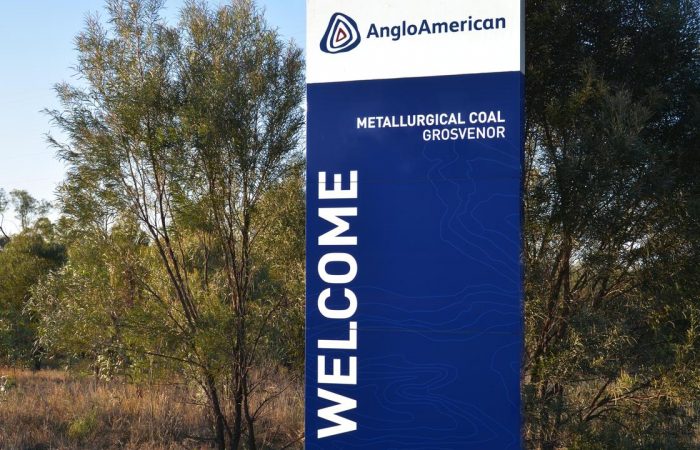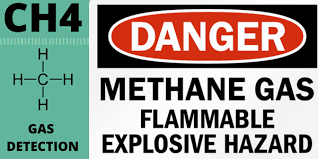6th June 2016. 4 Workers trapped at MG 102 Face after roof fall
POINTS TO NOTE
Major roof fall that occurs in MG 102 at C heading inbye 18 c/t that occurs at 22:10pm on the 5th and Inspectors not made aware of until 5 am.
4 men trapped in 20m of roadway.
Fall 14m long 5 m high and 0.8m gap. Just enough to crawl on your belly though
Pg 1
Tell Tale moving previous shift and deteriorated rapidly deteriorated at commencement of shift. 10mm to 20mm
How long after start of nightshift and when did previous ERZ Controller take observations? Seems hours after likely start of nightshift.
When did ERZ Controller actually inspect it for first time? 22:05 pm likely
ERZC was sufficiently concerned to tell crew to tram the continuous miner back to re-support roof with Code B. ERZC barely escapes being trapped and killed over fall. 4 men trapped in 20m of roadway.
Support pattern changed 4 days previously to stop putting up 2 x 8.2m Megabolts once away from the Intersection
Decision to remove the 2x 8,2m Megabolts.
What is the documented change management process?
Answer;
All done via Management and Consultant process.
No involvement with ERZC’s let alone mine workers.
No JSA or SWI ever undertaken or developed as mandated under Grosvenor change management processes.
Who is Mr. M. Kasangula?
Tell-tales every 15m obviously not done via previous comments by Inspector.
TOOL BOX talks are not even consider as Training let alone Consultation.
Training requires a written training package and assessment tool. (John Maher Fatality Report Cook Colliery 2000)
Could not even access all Training Records for MG 102 crew. (Only 2 found)
There are 20 points in all by my count
These 6 seems to deal with so called “change management process” undertaken by Management.
Management of Change – Trial removing of 2 x 8.2 @ 4m spacing Megabotts from Plan A of
Primary Support from “Mine Managers Support Rules – Headings” only (10 pages with plans)
Emails dating to 27 May 2016 between P.Buddery, A.Seccombe, M.Kasangula, M.Smyth, C. Morton, DThomasson regarding MG 102 Trial Secondary Support
Geotechnical Design Peer review MG 102 Secondary Support design to 20CT 29/04/2016
Strata Control Design MG 102 Secondary Support dated 02/02/2016 (1 1 page)
Strata Control Design MG 102 18ct to 48ct dated 28/04/2016 (31 page)
Email from M.Kasangula to M.Smyth with a tool Box Talk for crews outlining the trial of removal of Megabolts and highlighting the instaflation of tell-tales every 15m.
There are 20 points in all by my count
These 6 seems to deal with so called “change management process” undertaken by Management.


I wonder what sort of regard was given to risk management and control and what was really considered in this space given that fall of ground is classified as a “principle” hazard?
Was a TARP put in place and was it adequate considering the location.
Was geotechnical advice sort and report developed after a visual inspection?
Was “critical” monitoring mandated or even considered?
I’d also be interested to know when it come to exploration geology modelling and mine planning had the affected area any known potential geotechnical concerns mapped in advance?
Then to pose another consideration for the investigation piece, at what spacing was the exploration grid mapping done and when, was this in boom period or down turn period when exploration expenditure is fatally cut?
Surely all these would be points of consideration for MoC processes.
MoC is acrequirement to identify potential risk and hazards associated with change and our legislation requires that is undertaken with a cross-section of the mine’s coal mine workers involved in carrying out the task, In failing to do this how could anyone honestly know that the risk of injury or illness is as low as reasonably achievable and within acceptable limits?
The history of both North Goonyella and Moranbah North strata support before Grosvenor followed a similar pattern.
All they had to do was see what worked at other similar Goonyella Middle Seam Mines.
Long Tendons (Cable Bolts, Mega Bolts) were required to be installed as part of normal underground development.
Otherwise a failure occurred above the roof bolt “beam” and there would be spalling and centre line cracking of the roadway.
Once the roof failed and sagged the installation of long tendons had limited value. The only thing that could keep the roof up was massive amounts of passive support. Steel Cans, Pigsties and Props.
With the various Owners and Managers, North Goonyella had to relearn this lesson a few times.
By the time the Mine was up for sale again usually that Owner and Management had worked out that proper timing of the roof support pattern to keep the Longwall gate roads up.
New Owners and Management wuld be getting good quantities of coal out of areas they had no say in the Support Rules.
Then new Geniuses look at the roof support pattern for Development and say
“I think that the roof is not that bad. I do not think we have to put all those cable bolts up before we advance the conveyor belt.
We can get more development done by putting less bolts up especially long ones.
If we have to we will get some poor mob of contractors in later on to put bolts up uver the conveyor belt”
Soon as they get to the longwall panel where they were in charge of roof support.
Falls, longwall stopped, workers exposed to increased hazards
“We did not know it was that bad. We should not have done that”.
Amazing how many of the names in Management have worked at those other 2 mines.
Some may have even been involved in North Goonyella GroundHog years